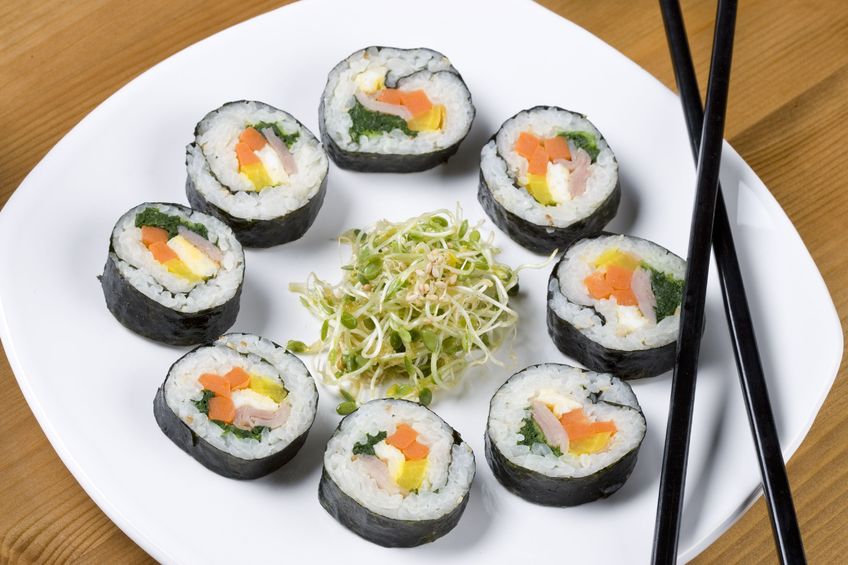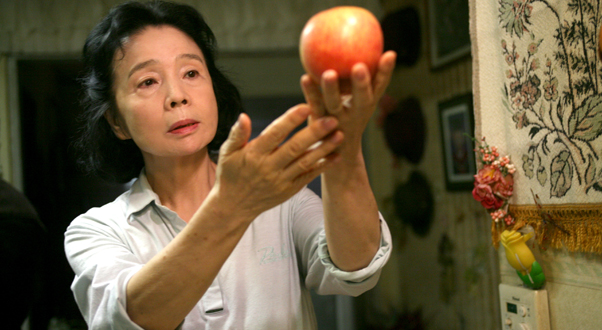The more I learn about various countries, I am reminded that culture is constantly changing. Sacred traditions, even those practiced for thousands of years, are replaced by new customs within a century--sometimes in a decade! These alterations may occur in an organic or abrupt manner. New practices may sneak into an increasingly fast-paced society. Diversity in lifestyle give birth to subcultures. A nation colonizes countries both neighboring and distant, introducing their cuisine and language. The addition of imported culture and subtraction of domestic culture creates a hybrid culture.
The latter was the case with kimbap and sushi. Multiple sources say the concept of sushi was brought to Korea during the Japanese rule in the early 1900s. Which may explain why kimbap resembles the futomaki, a type of sushi roll.
Sushi
Kimbap
Think of kimbap and sushi as siblings more than twins: similar in appearance yet unique in personality. For one, the white rice in both rolls are treated differently. The rice in sushi is vinegared. The term "sushi" refers to this sour flavor, not the fish. If sushi's rice does not contain vinegar, it is not sushi it seems? The white rice in kimbap is traditionally seasoned with sesame oil. Health-conscious Koreans use brown rice, forbidden rice and quinoa instead.
Both types of rolls use dried seaweed sheets. While sushi's seaweed is kept plain, kimbap's seaweed can also remain plain or be brushed on with sesame oil.
As mentioned in KWOW episode 82, the typical sushi roll contains raw fish. Thus must be consumed fresh. The common kimbap roll contains vegetables (i.e. carrots, pickled radish, spinach) and a protein or two (beef, eggs, fishcakes, imitation crab meat). But Koreans love to customize their kimbap with all kinds of ingredients, including kimchi, ham, KBBQ, mayonnaise, etc. Take your kimbap on today's road trip and enjoy it even tomorrow!
People tell me that sushi was traditionally eaten with hands, particularly in high-end restaurants. Nowadays sushi is eaten with chopsticks, except for the hand rolls and such. Kimbap is also eaten with chopsticks in restaurant situations, but popularly enjoyed with hands. Kimbap is a common lunchtime food, one that students and office workers alike bring from home--most likely handmade by their mothers and wives. I've heard that sushi is traditionally reserved for special occasions. Another observation: while sushi is seen as an art and created in solitude, kimbap is casual and can be rolled in the company of rambunctious ajoomas, middle-aged Korean ladies.
Kimbap or sushi? Which one should you eat tonight? If you like raw fish, enjoy sushi. If you prefer a warmer dish, savor kimbap. Depending on the occasion and your cravings, kimbap and sushi will be there for you! For those gluten-free vegans out there, there's something for you as well: the Meatless Kimchi Kimbap recipe. Check out the recipe here.
If you've got some cultural insight to share, feel free to post your observations in the comment section below :)





























